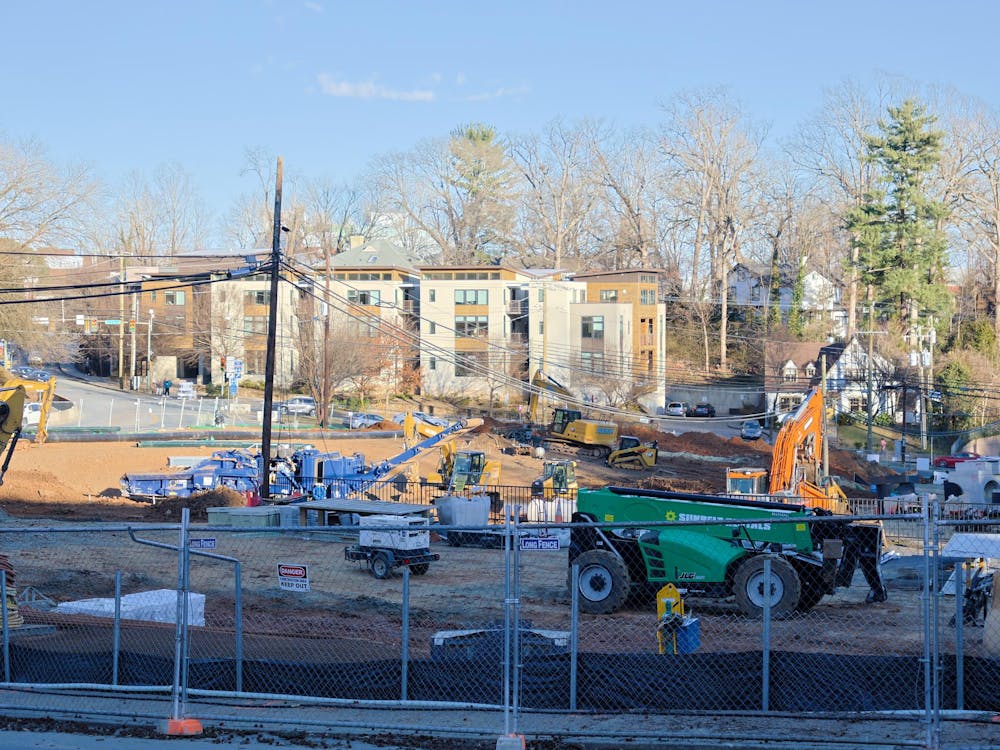POLITICIANS love map-drawing. It is one of those neat little perks that come along with your gold lapel pin and vanity state license plate. Drawing the political lines of the Commonwealth means being able to define the political landscape, a very powerful tool when it comes to retaining party control in the General Assembly. For generations, the period following the new census data demands an examination of the individual districts in Virginia. As the geographical distribution of population ebbs and flows, so too must the boundary lines that demarcate districts so as to maintain equal population and thus equal representation. However, bestowing this responsibility upon the General Assembly is like asking your overweight sister to divide the last two pieces of pie. The conflict of interest is as unavoidable as it is undesirable. The system must be reformed.
This point is buttressed by the recent claim filed in the 4th Circuit Court by a cohort of discontented partisans from the General Assembly who wished to challenge the legality of the 2001 redistricting round. This case was later appealed to the Virginia Supreme Court, only to be soundly defeated. The problem is, many of the Democrats who cried foul had been in the Assembly in 1981 when the Republicans had been shut out of the redistricting process. It would appear that all parties involved have mud on their hands.
Who can blame them? In a single legislative session, the majority party can take advantage of demographic divisions within regions and carefully craft a Picasso-esque rendering of district lines that dissect cities, divide neighborhoods and even cross large bodies of water. Such machinations ensure that partisans of their liking will continue to dominate the General Assembly, perhaps even increasing their numbers in the following general election.
Now, flash forward to this coming election in November. The University's own Center for Politics released information last month predicting the most un-democratic (note: small "d") election in Virginia history. So large is the proportion of unopposed races to those of real contests that a significant proportion of Virginians will have no opportunity to choose their own representation. The plotting of the Republicans in 2001 has paid off, as few races have significant challenges to the incumbent. This means the Democrats stand little to no chance of debunking the current Republican-led power structure in the Commonwealth, despite the presence of a Democratic governor.
There are several ways that other institutions have met this challenge: How does an inherently political, public body make required decisions without bias attributable to political consideration? Historical precedent would indicate that there must be some institutional mechanism that checks the political agenda of the body and preserves the integrity of the decision-making process.
In Iowa, rather than entrust the legislature alone with the responsibility for redrawing the district lines every 10 years, a "non-political" commission enjoys the same responsibility. Supporters of the non-partial commission system claim that by devolving this process to non-politicos like civic leaders, university professors and demographic experts, the state will benefit from more common sense decisions that create fairer districts according to logical geo-demographical lines. Critics point out that no commission selected by any part of the government can be fully insulated from political considerations. While this may be the case, it would be significantly less political than the system employed in the Old Dominion. Once again, the Perfect remains an enemy of the Good.
In the national sphere, the federal government created a similar structure to deal with a different problem. Following the end of the Cold War, what had been a process of buildup became a process of cutting away the fat. Those legislators with installations in their own districts would never allow a base to close, and so politics began to interfere with the best interests of our nation's defense. As a compromise, Congress created an independent body to work with the Department of Defense to evaluate and propose base closings. This insulated congressmen from angry constituents at home, by passing the buck of responsibility to the independent commission. Though different from the issue of redistricting, the example demonstrates the possibility of success in separating the two conflicting tasks.
The conflict of interest inherent in politicians redrawing their own districts naturally taints the decisions made during the redistricting process. A separate, apolitical (to the greatest extent possible) body should be appointed by a bipartisan group of legislators. By creating a more common-sense system of map-drawing, districts will be more democratic and citizens will be more involved. This will simultaneously increase the responsiveness of government to the people. In the end, this is always a goal worth striving for in any reform.
(Preston Lloyd's column appears Thursdays in The Cavalier Daily. He can be reached at plloyd@cavalierdaily.com.)






